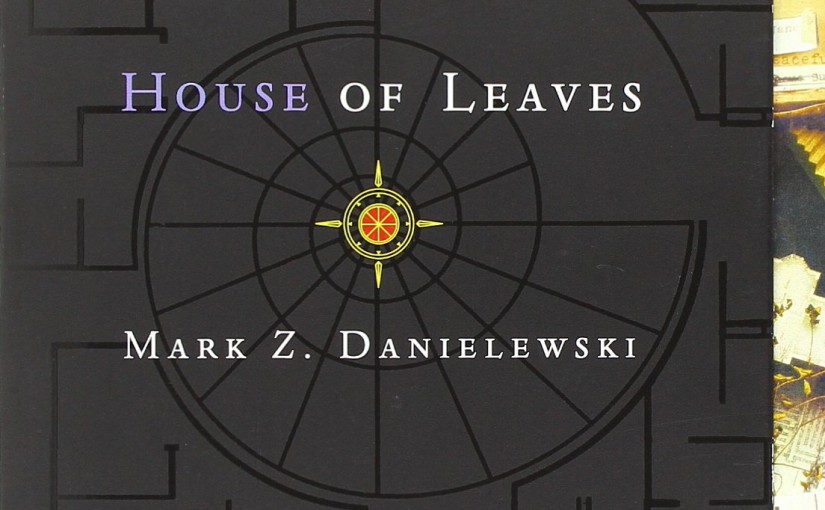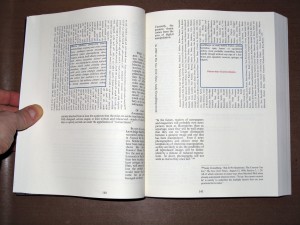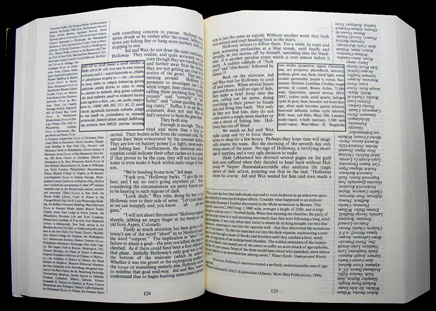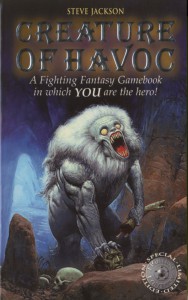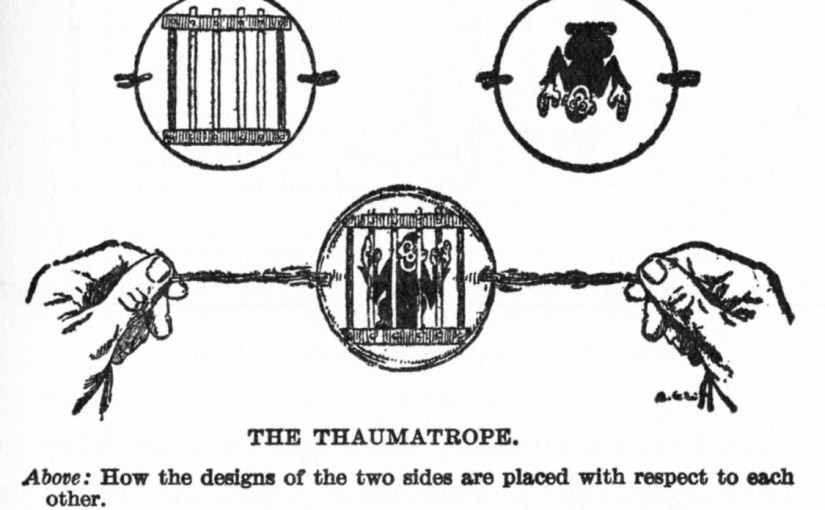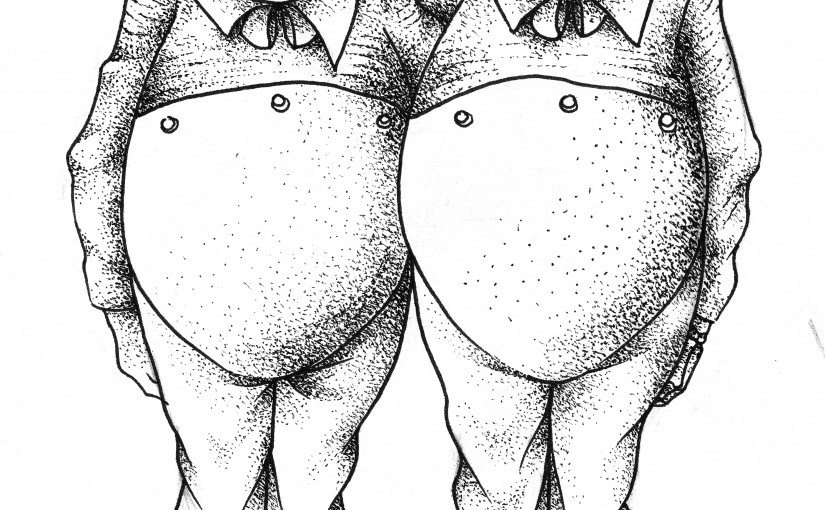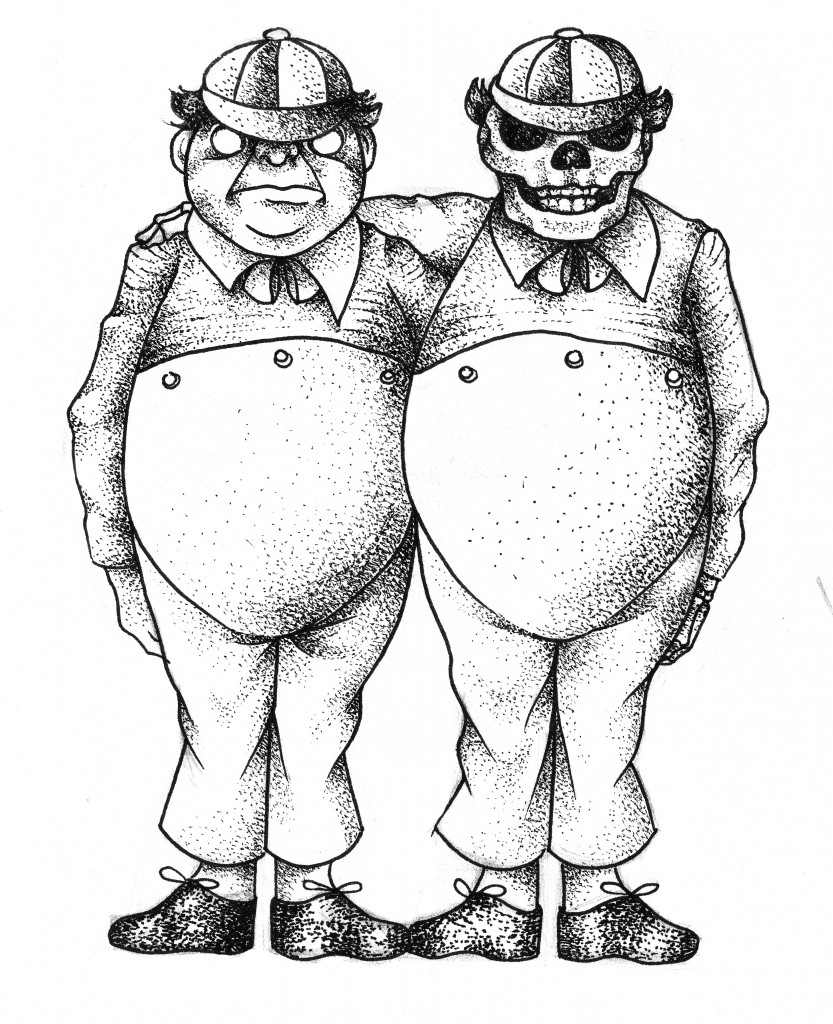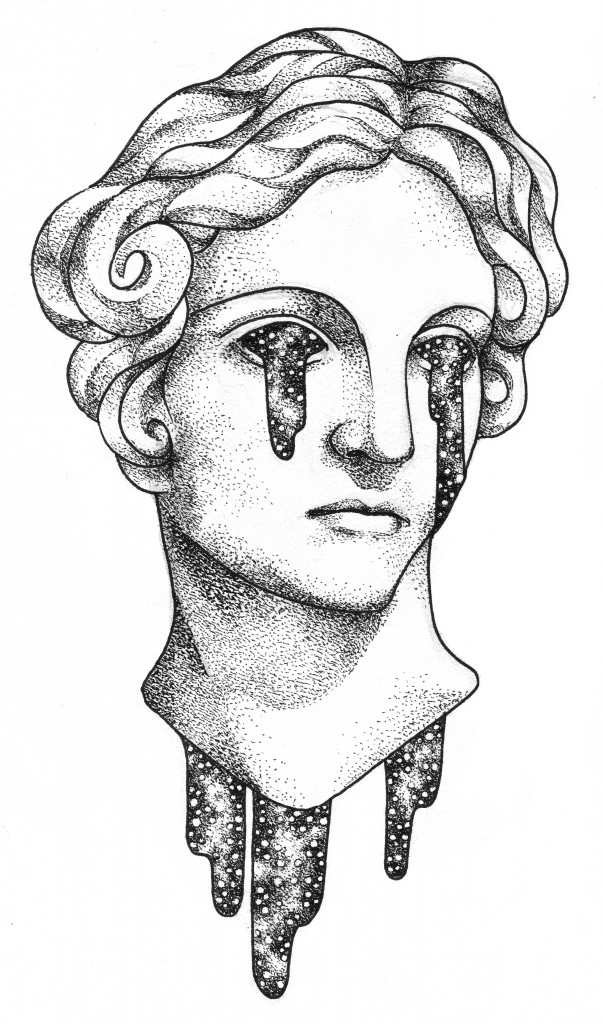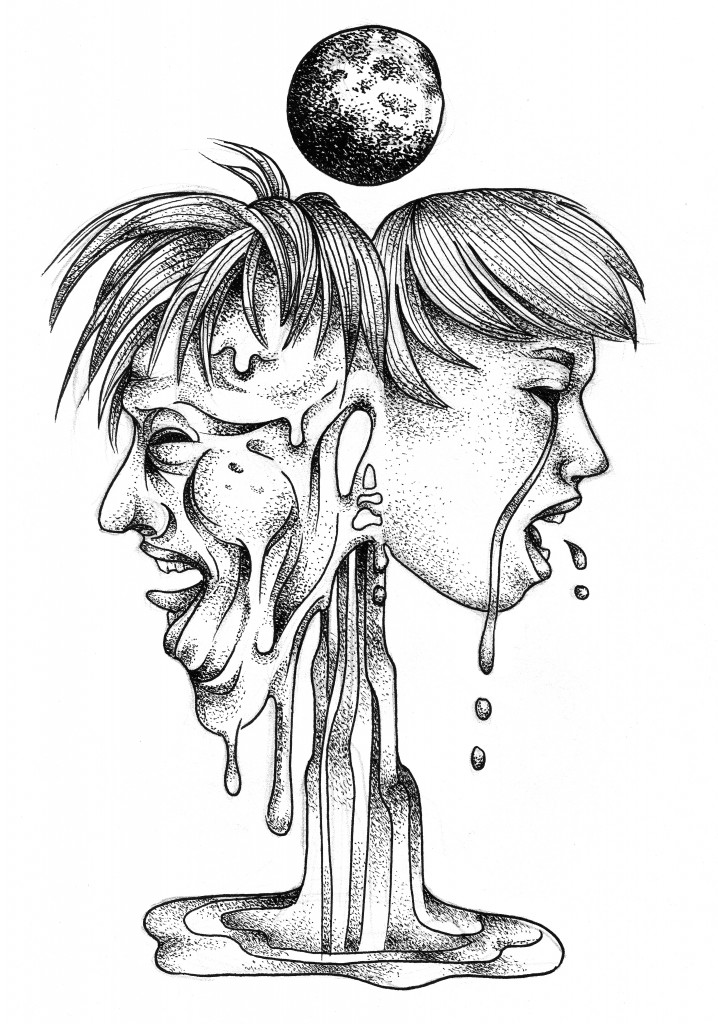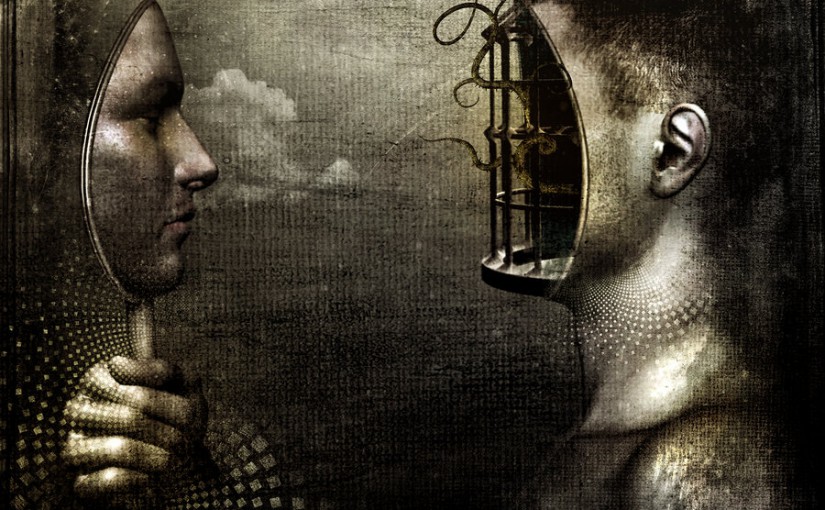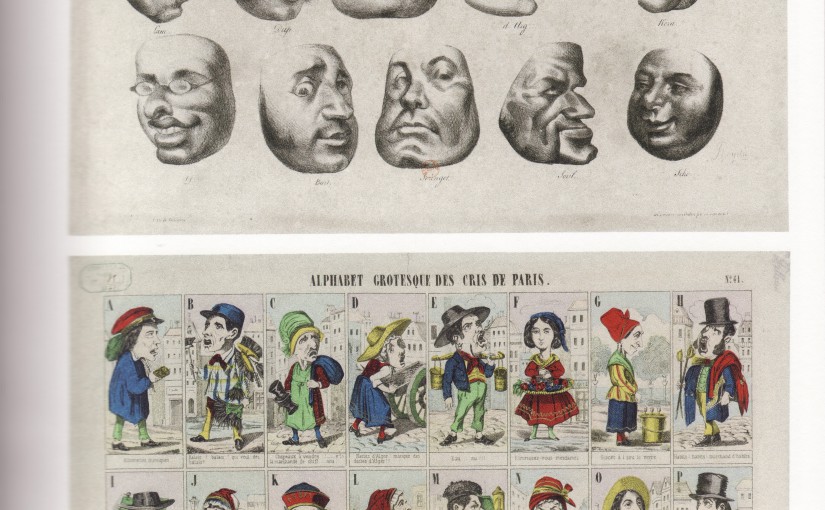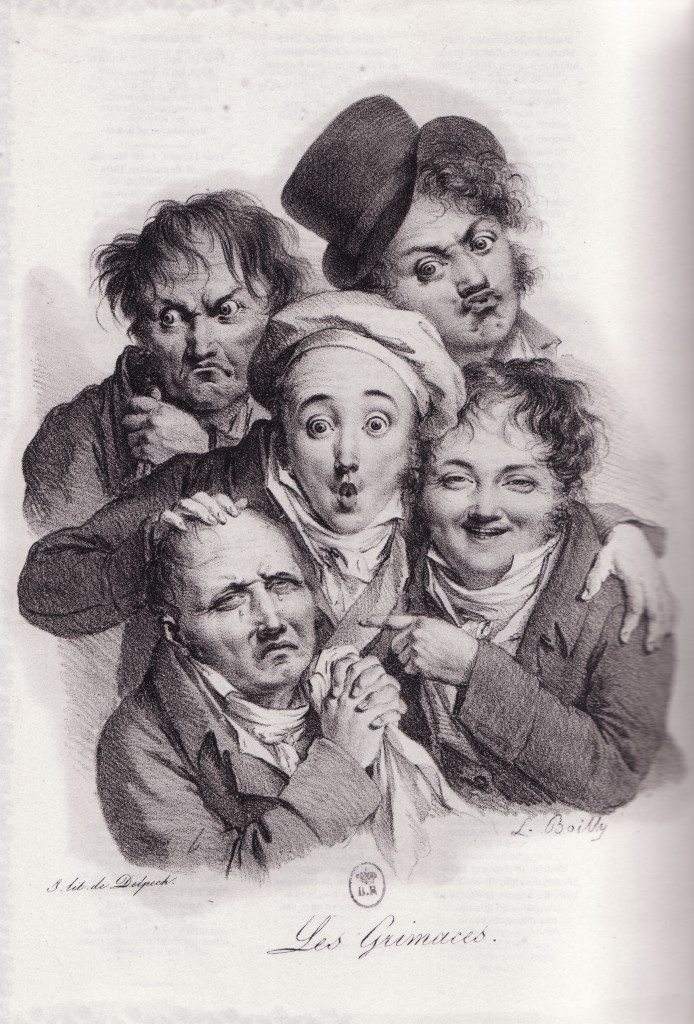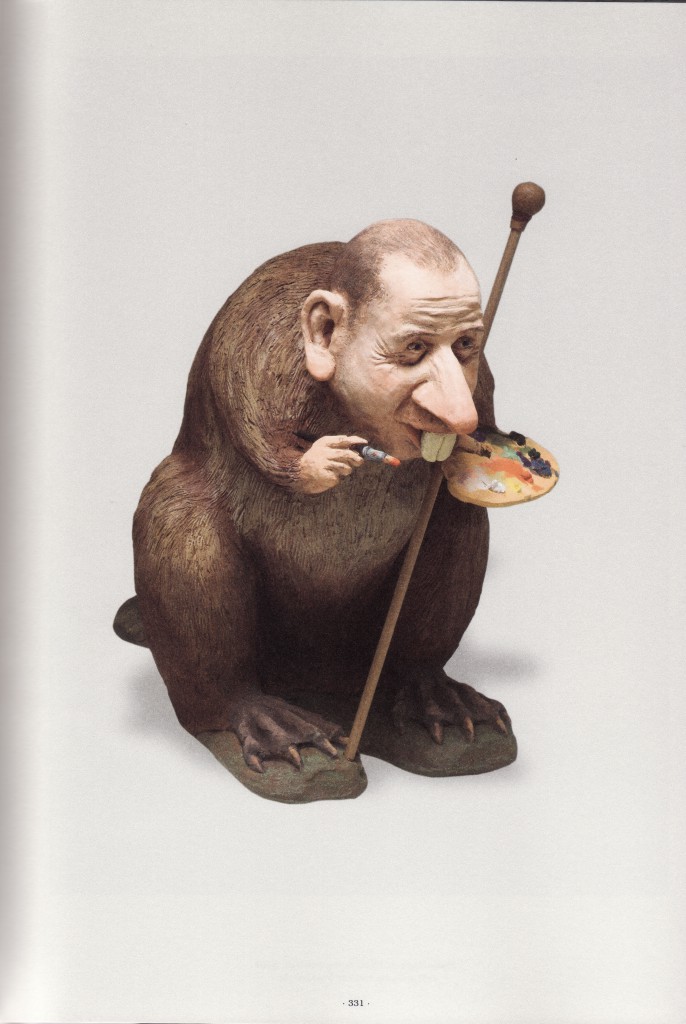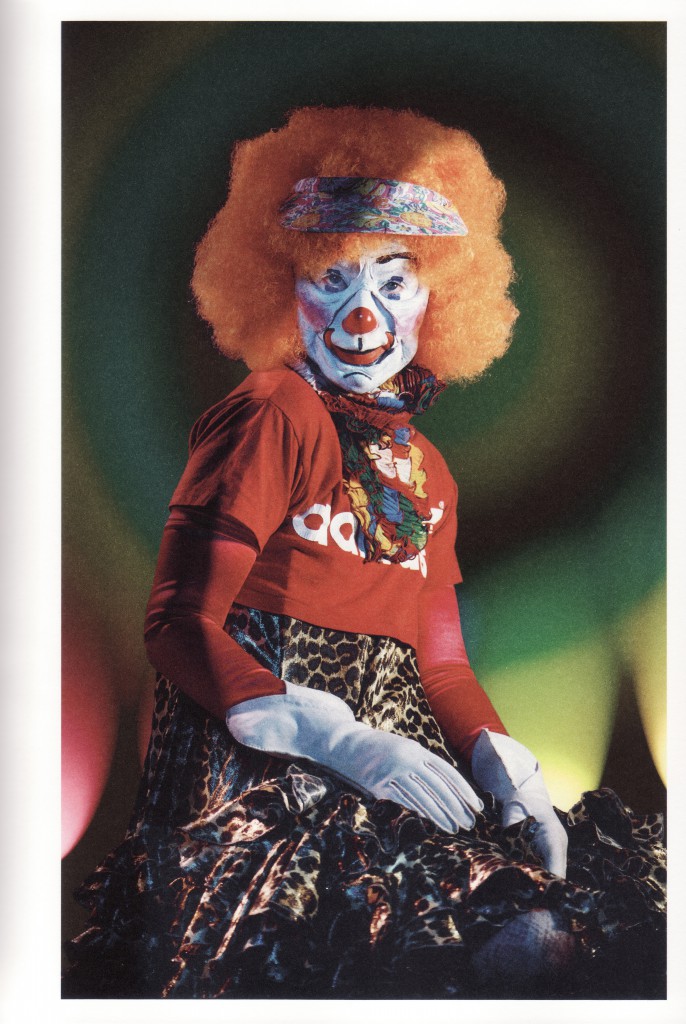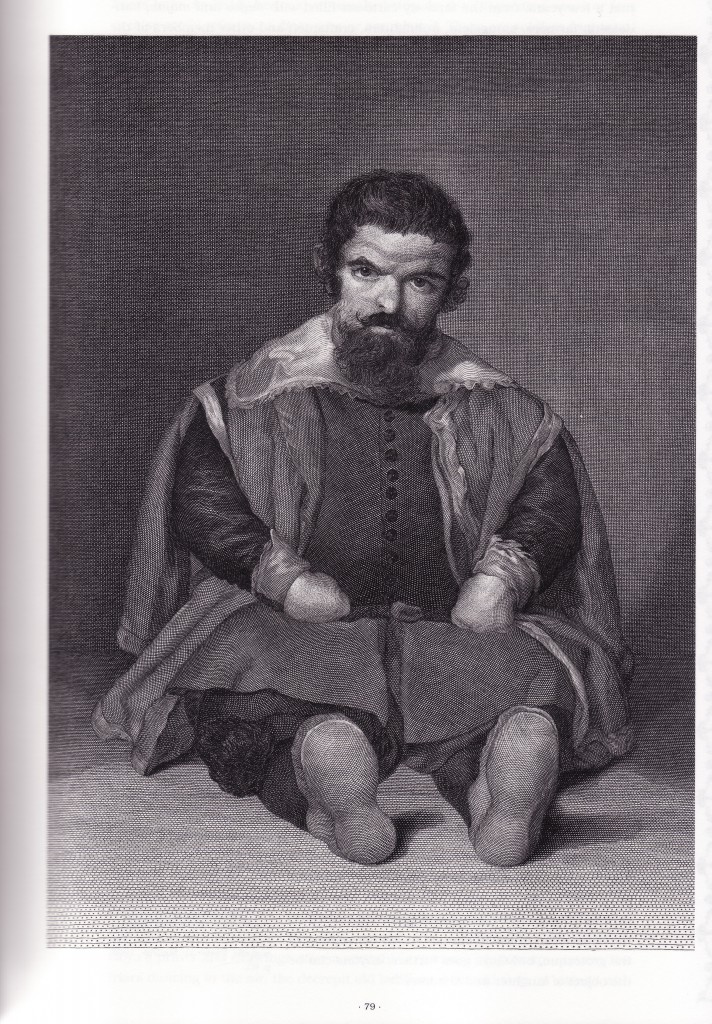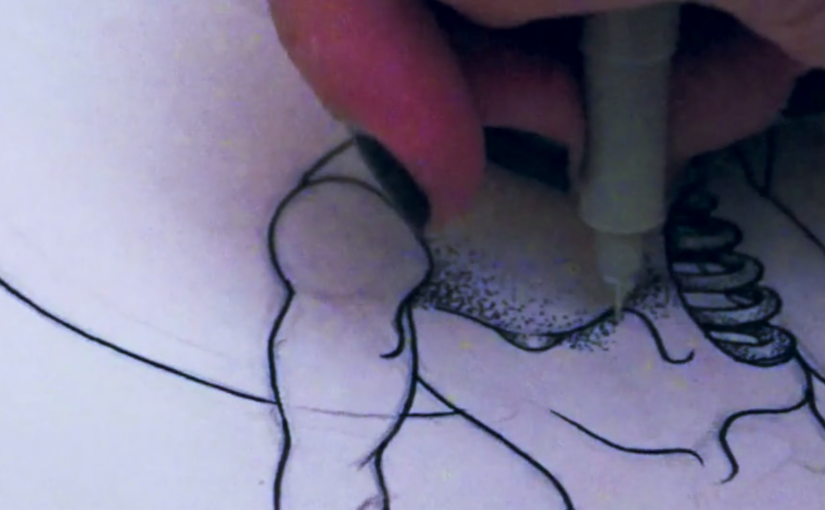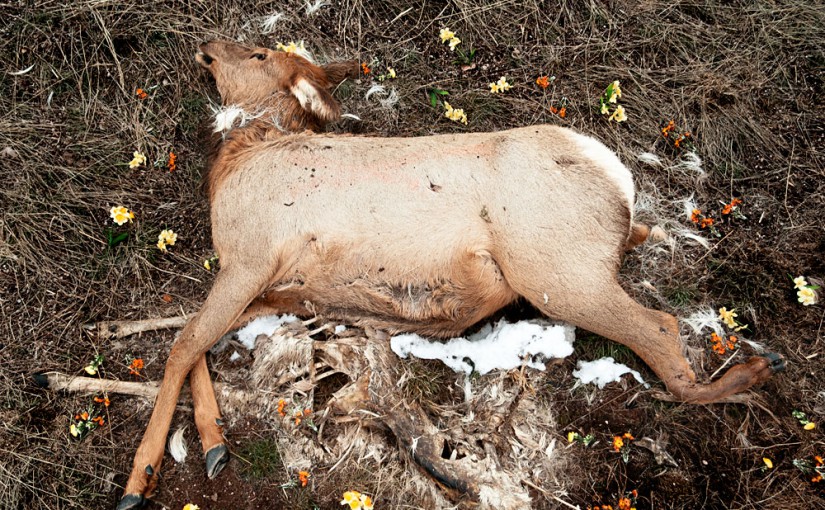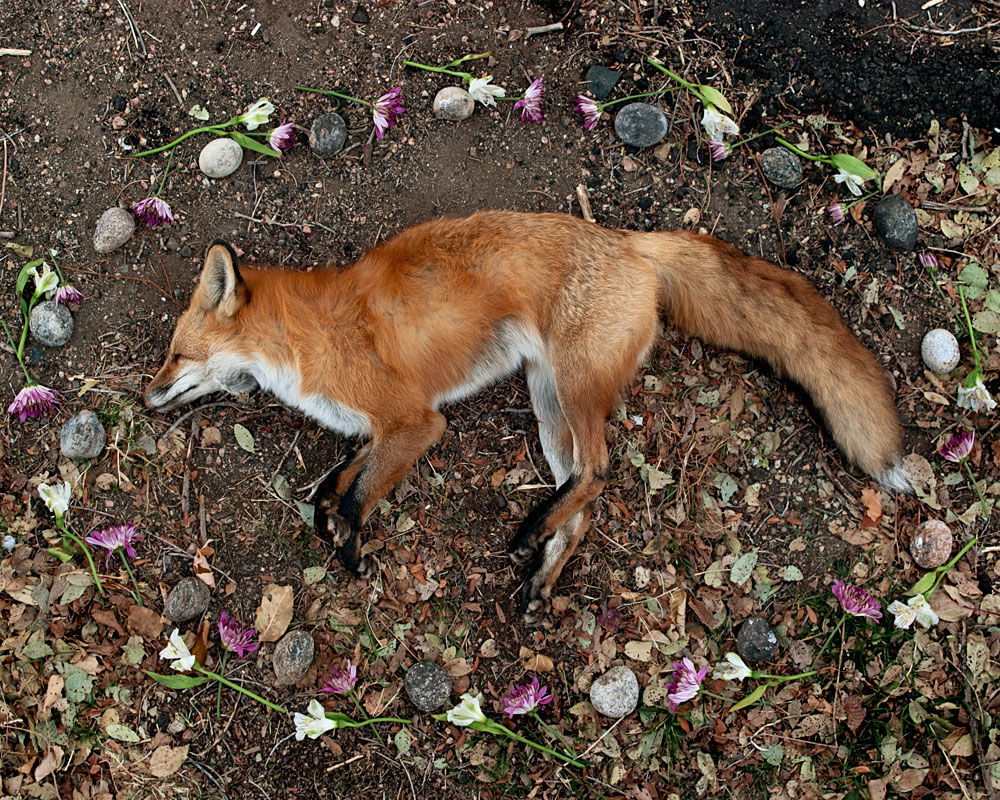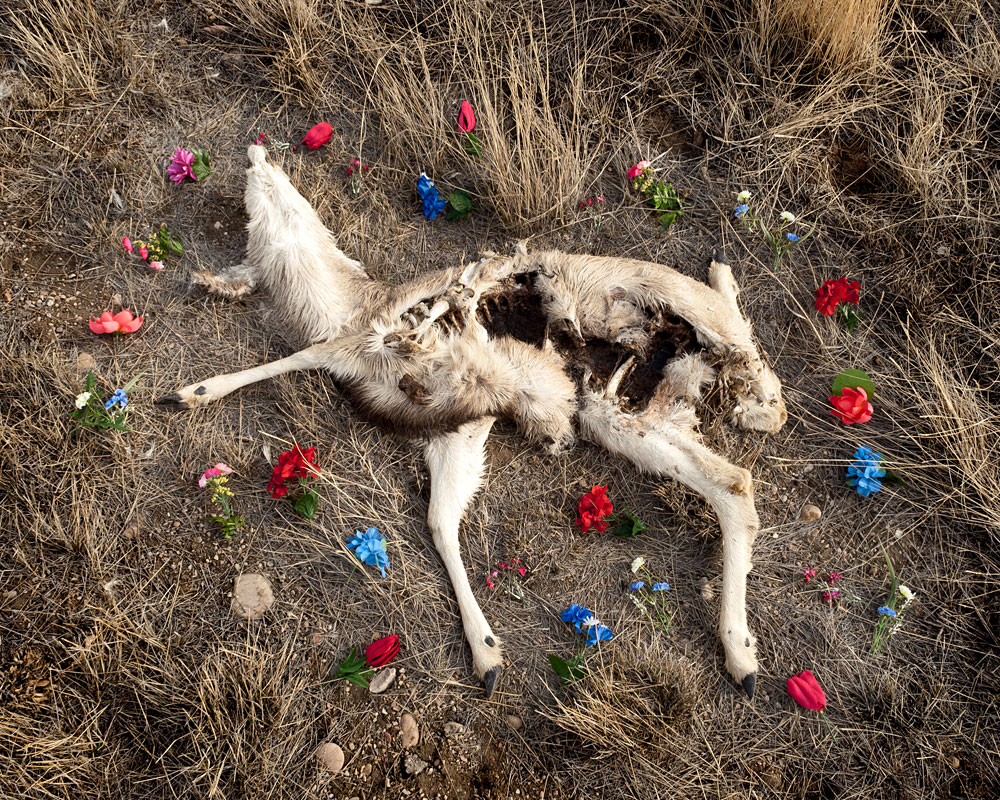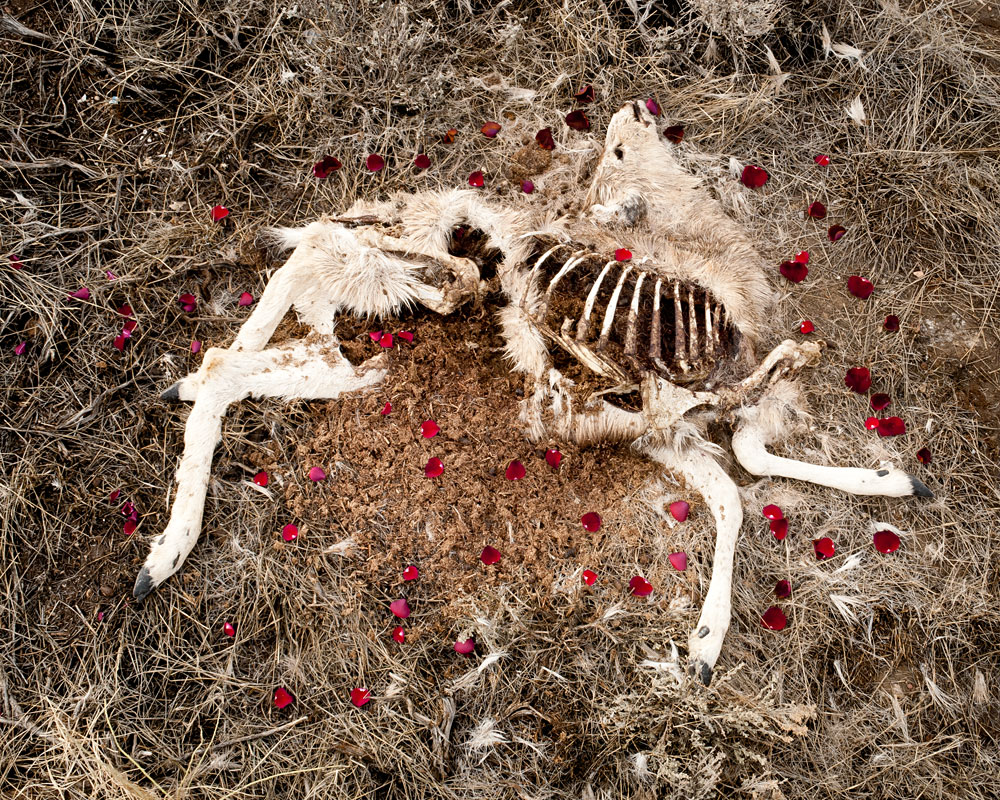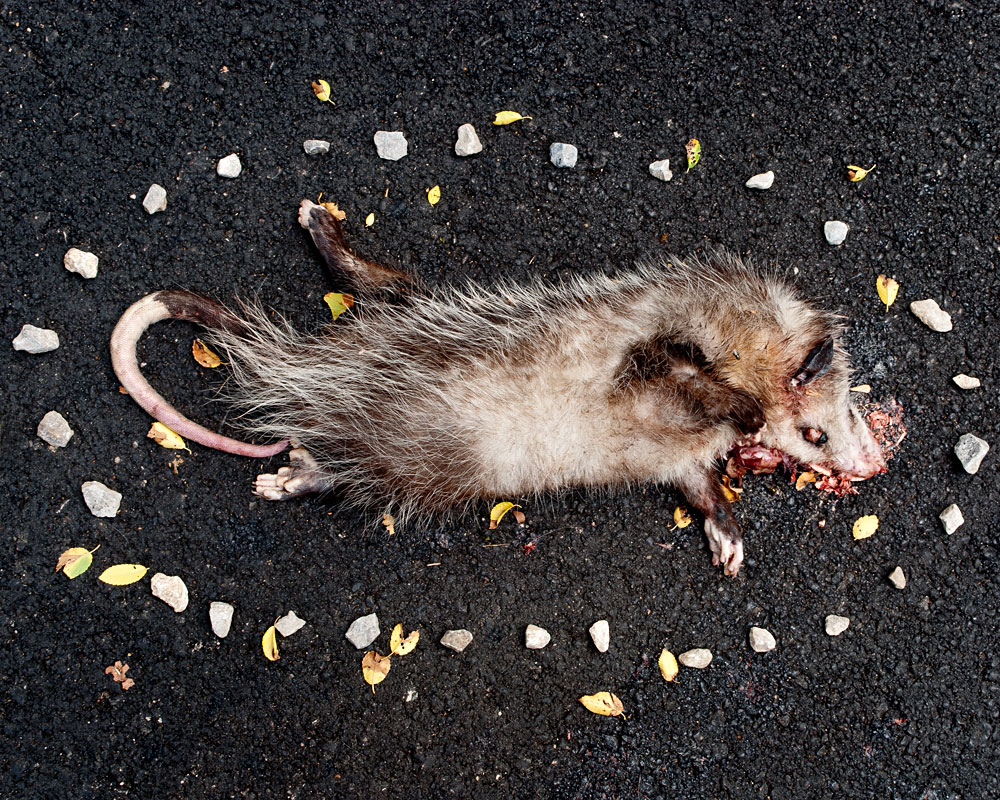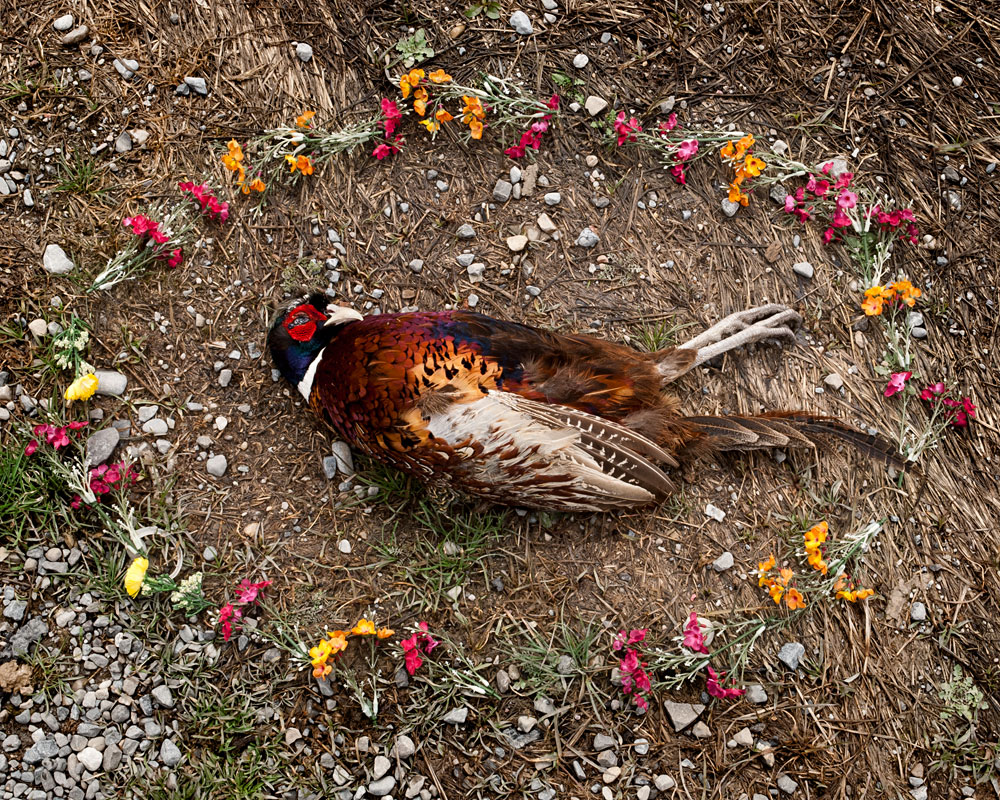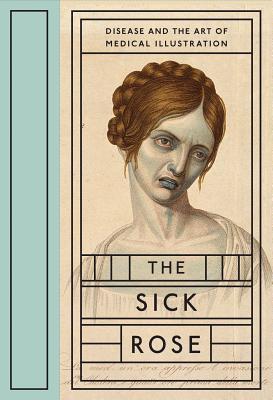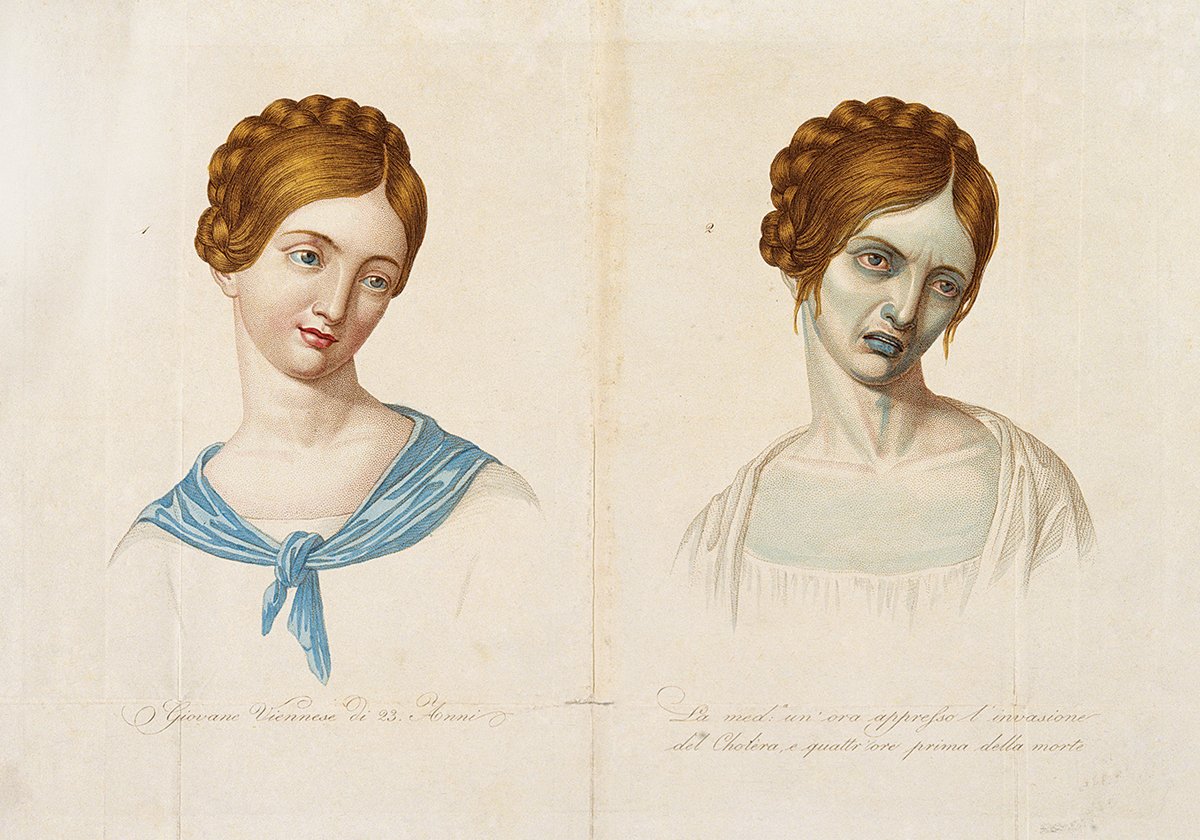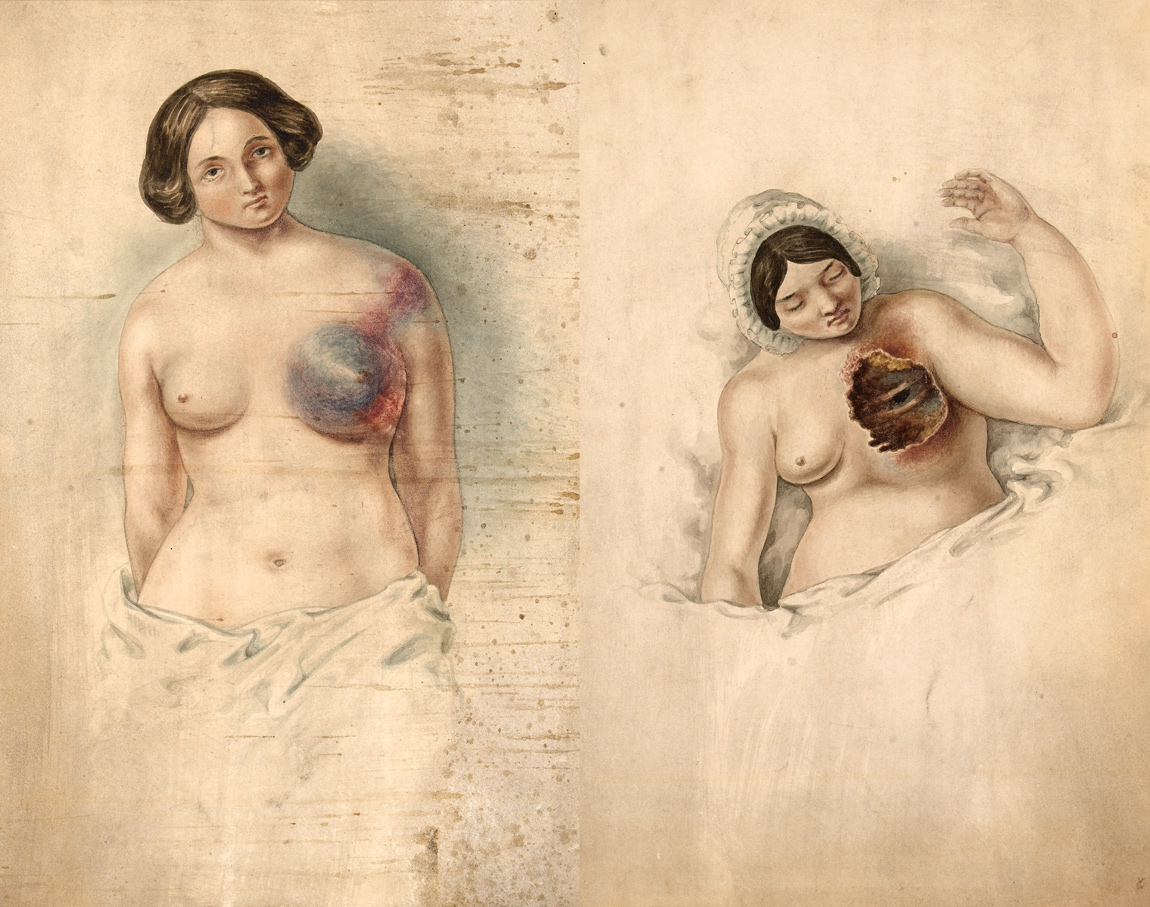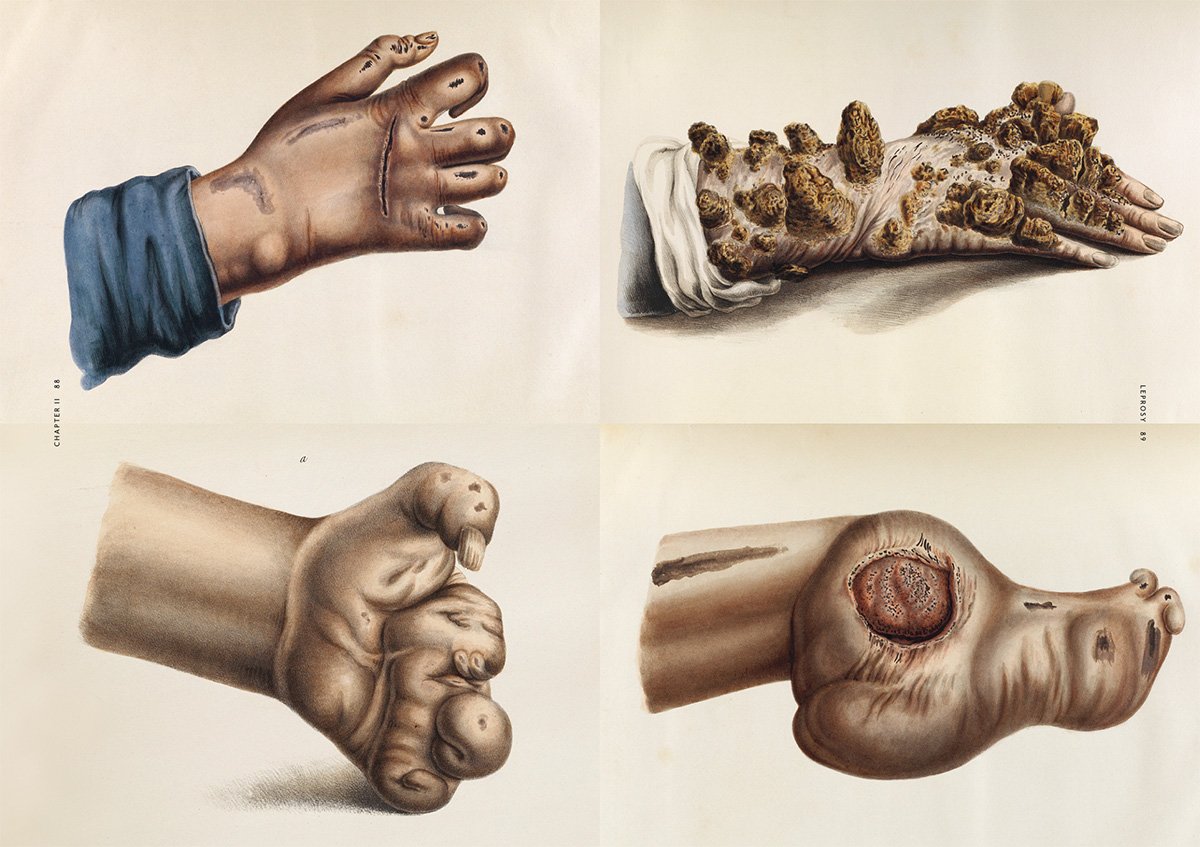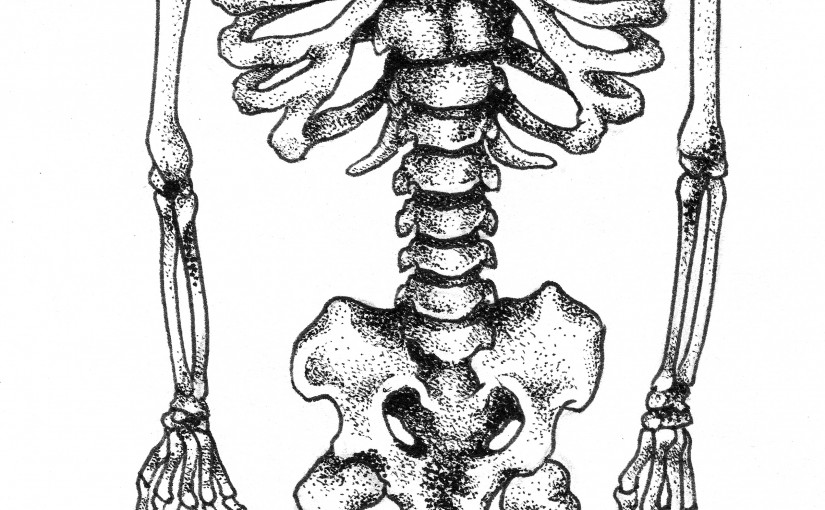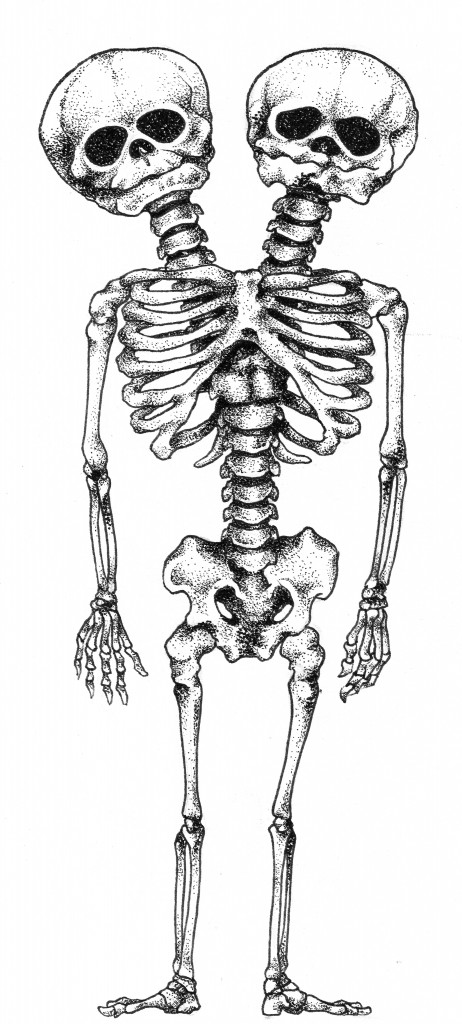Mark Z. Danielewski’s House Of Leaves is going to form the backbone of my dictionary, which will go in a more typographical direction (I’ve been experiencing some ennui where my illustration is concerned). I liked how the structure of House Of Leaves lends itself particularly well to multiple narratives and how the citations and appendices in the book make the fiction of the story feel real.
The dichotomy between fact and fiction is a sub-theme I was thinking of exploring in my dictionary project, which I’ve carried forward from the mystery kit that I did in the first project.
Like House Of Leaves my dictionary will have two non-chronological narrative threads (for now) – the first one will be my own personal perspectives on the work as well as my own sense of ennui that I’m trying to shake off at the moment. The second one will be the narrative of the surviving Gemini twin, so I’ll essentially be writing in two voices. My experimentations here will be more type-based so that I can use the subjectivity of each ‘definition’ (more of a series of themed anecdotes and snapshots) to flesh out the content of the project.
To cement the accuracy of my homage to Danielewski’s novel I will also include my research, OSS entries, illustrations, song lyrics and chat logs with friends whom I’ve discussed my project with as part of the set of appendices I’ll have at the end of the dictionary. I’m going as experimental as I can with this since it’s my last chance to make something really different and crazy before FYP.
Another one of my references is the series of Fighting Fantasy gamebooks, which I used to collect in my childhood. The narrative has one set of ‘correct’ choices that the reader is supposed to make to reach the desired ending and avoid their character dying prematurely. I was thinking of incorporating a similar kind of choice element in the narrative underpinning the dictionary with references from particular entries to other entries (i.e. under the term optical illusions, I’ll have an instruction to refer to hypnosis – a similar thing could be done in particular entries that ask the reader to refer to the appendix, which is also what House Of Leaves does to enrich the narrative). I may or may not have time to do a lot of this but I like the idea of the two voices in the dictionary interweaving with more objective, factual sources in the appendix.
The project is essentially just an exploration of feeling and voice within a format that is usually considered objective. Basically I just want to play with the fact-fiction divide and see if I can craft something believable.
